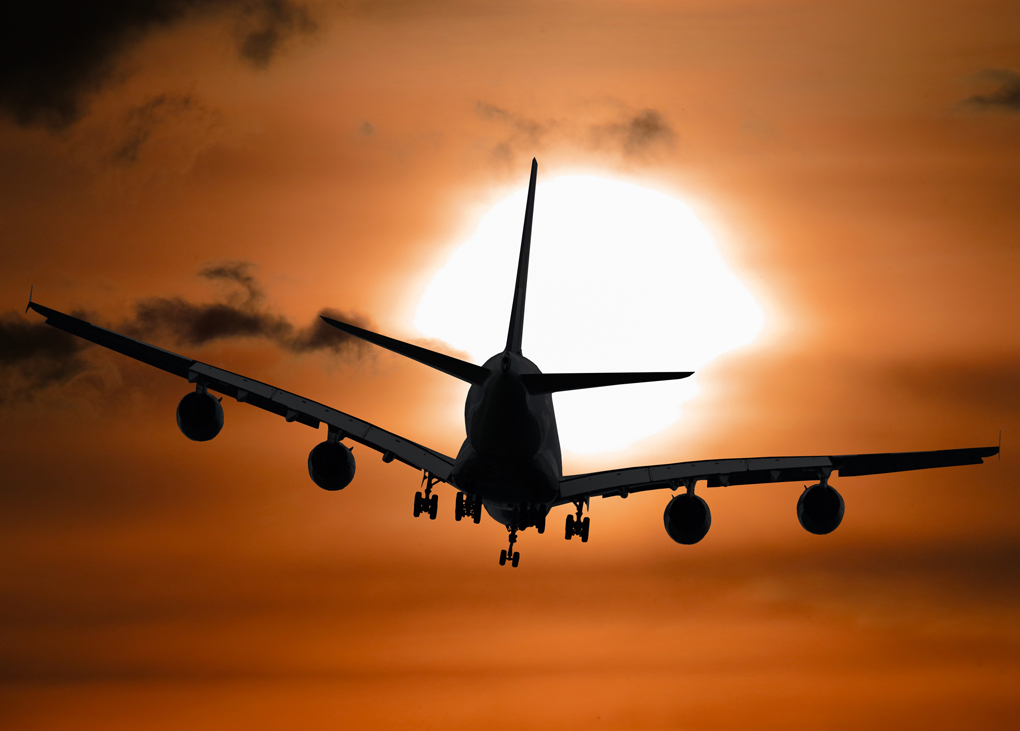This week, international travellers began arriving in Melbourne again, and are re-entering Victoria’s revised hotel quarantine facilities. Numbers have been capped at 800 per week and will increase to 1,120 per week on April 15 provided that key recommendations are addressed – including many relating to ventilation.
Focus on airborne transmission
It has been almost two months since international passenger flights to Melbourne were stopped as a result of outbreaks from hotel quarantine that led to a five-day state lockdown. In the wake of these events, reviews were commissioned into Victoria’s quarantine systems, including detailed ventilation assessments of all hotels. Of particular concern were three cases of transmission where travellers had contracted COVID-19 from guests staying in separate rooms.
The main review was conducted by Deputy Chief Health Officer, Professor Allen Cheng, who was supported by an independent expert panel. The team focused on variants of concern (VoC) – more transmissible variants of COVID-19 that have emerged worldwide – and analysed the extent to which hotel quarantine can reduce the risk of transmission within hotels and out to the community.
The review found that additional controls, including vaccination, engineering (particularly ventilation) and administrative controls should reduce the risk of transmission of SARS-CoV-2 within hotel quarantine and from hotel quarantine to the community. It recommended that ventilation assessments be completed, and a timetable be established to deliver on those actions before international flights resumed.
In parallel to this work, detailed ventilation assessments of every quarantine hotel property were commissioned by COVID-19 Quarantine Victoria (CQV) – the dedicated agency created in November last year to oversee all elements of the quarantine program.
The assessments were conducted room by room by an occupational hygienist physician – described by CQV as an expert in heating ventilation, air conditioning and indoor air quality – and a team of engineers and other specialists.
Eight hotels were given an action plan detailing works to be completed, including rebalancing HVAC systems, sealing windows, and replacing fans. Hotels will only be used again once these works are completed, following further validation by the independent ventilation expert.
CQV is conducting further assessments for six hotels due to interim findings. In some instances, the pressure testing completed indicates a large number of rooms are positively pressured (meaning the air can flow from the room to the corridor), requiring rectification.
According to the government, investigations have confirmed that the most likely cause of two of the in-hotel transmission events was airflow from rooms into the corridor when doors were opened.
Time for a national standard?
Another review into the three transmission events mentioned above was undertaken by Safer Care Victoria (SCV) – the peak state authority for quality and safety improvement in healthcare.
This review found that hotel ventilation systems may need to be upgraded for quarantine purposes. Accordingly, SCV recommended developing and implementing minimum ventilation and engineering standards.
SCV has also recommended that the Department of Health lead discussions for a national ventilation standard.
In a press conference to announce the recommencement of international arrivals, Acting Premier James Merlino said that he had written to Prime Minister Scott Morrison to inform him of Victoria’s capacity to accept travellers, and also to advocate for a national standard for ventilation.
“Victoria is the only jurisdiction that has done this additional work in terms of ventilation,” said Merlino, “so we want to share that and have a nationally consistent approach.”
Best practice for quarantine?
The review conducted by Professor Cheng was also tasked with considering the most effective model for quarantine. It looked at three options: hotel quarantine, a hybrid model of hotel and other types of accommodation (including home quarantine), and purpose-built facilities.
The report acknowledges the limitations of hotel quarantine and the advantages of a purpose-built facility.
“While there are clearly measures that can be taken to increase protections in a hotel environment, there are also limitations on what is feasible in established buildings that were not designed to prevent transmission of infectious diseases,” says the report.
“A purpose-built quarantine facility would facilitate engineered controls that are higher in the hierarchy of controls, that in theory should provide the best protection of staff and guests. This would reduce – although not completely eliminate – the risk of incursion into the community.”
The report notes that a long-term quarantine station may be useful for future pandemics, and may have other uses that could be deployed quickly, such as emergency bushfire accommodation.
As part of the review, a member of the panel behind the report travelled to Darwin to inspect the Howard Springs facility.
“It would be fair to say it’s a place to start,” says Professor Cheng of the facility. “It’s a reference standard rather than a gold standard.” He pointed out that Victoria’s cooler climate would require a slightly different solution. The report goes into detail on other areas where the Howard Springs model could be improved.
The government is continuing to investigate the possibility of a permanent, dedicated facility. According to Merlino, 10 sites have been identified, and this will be narrowed down to one in a business case that will be finalised by the end of April. A decision will then be made about whether to proceed.
 Mark Vender
Mark Vender


Leave a Reply to Graeme Doreian Cancel reply